
Mars might be the next frontier for humanity, but can we really thrive there? The answer could lie in the species we share Earth with. Certain animals and plants might provide the clues we need to unlock life beyond our planet. If you’re curious, let’s explore the science behind ten of those species.
The Tardigrade
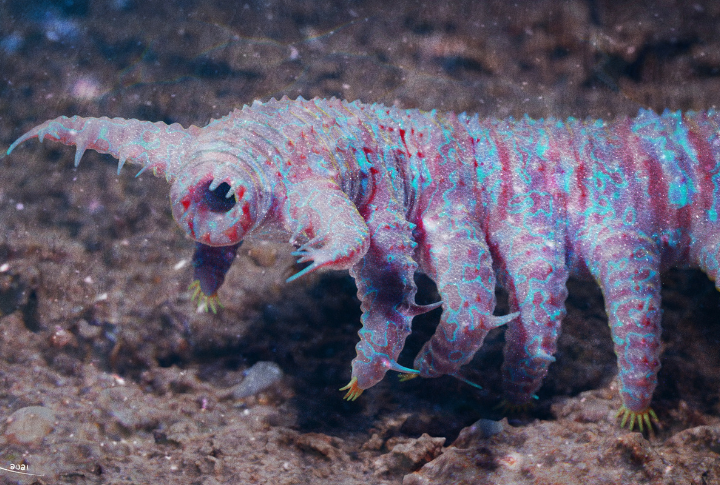
Also known as “water bears,” tardigrades are microscopic creatures that can survive some of the most extreme environments on Earth. They can go without water for years, endure freezing and boiling temperatures, and even survive in the vacuum of space. They might show us how life could withstand Mars’ deadly environment.
Fungi
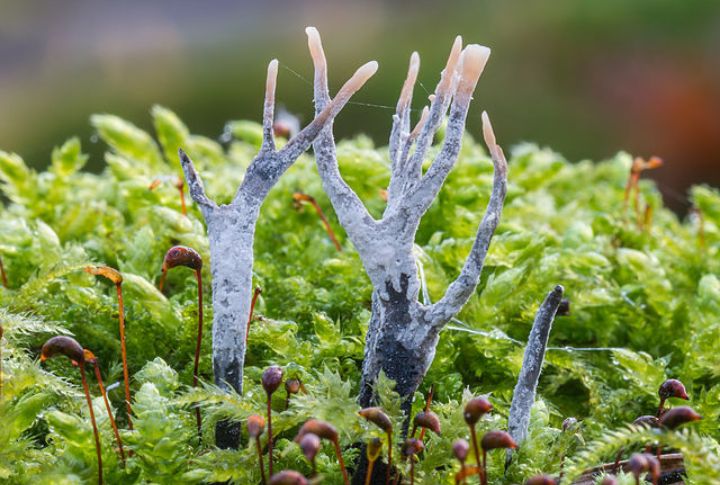
Fungi may not seem like an obvious candidate, but they’re surprisingly resilient. Some types, like Cladosporium sphaerospermum, have been found to grow in extreme environments like space stations and could help in creating sustainable life systems on Mars. Fungi also play a role in breaking down organic material, which could help build the ecosystem.
Tomato Plants

Researchers have found that tomato plants can grow in space with the right conditions. Their ability to adapt to low gravity and limited water could make them ideal for Martian agriculture. Plus, they’re packed with nutrients that could sustain astronauts during long stays on the Red Planet.
Mustard (Brassica spp.)
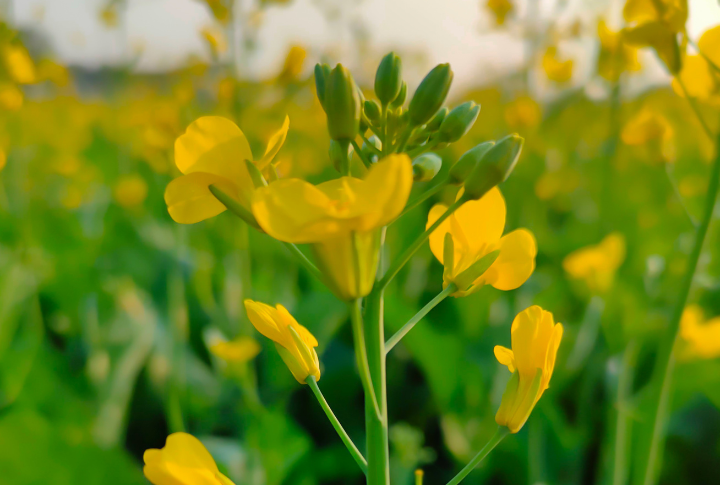
Mustard plants are another hardy species that could live in space environments. These plants are small, easy to grow, produce edible seeds, and have a fast growth cycle. Scientists have already grown mustard seeds in space, and they’ve shown a surprising ability to adapt to microgravity.
The Silkworm
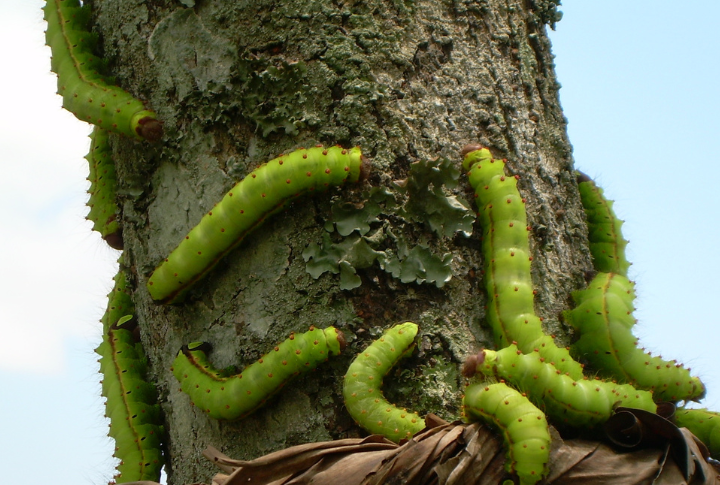
The silkworm has some surprising potential as well. Silkworms could help us build materials in space, as their silk is incredibly strong and lightweight. Moreover, these worms could be part of a closed-loop system where they help recycle waste, contributing to the sustainability of life on Mars.
Bryum pseudotriquetrum (Antarctic Moss)
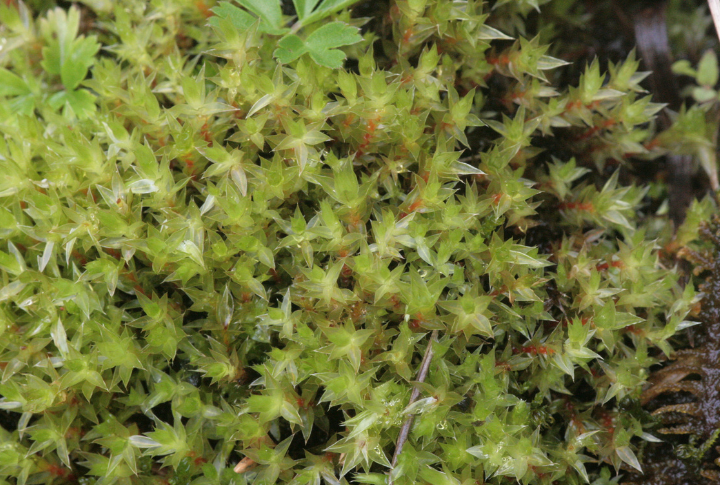
It’s a type of moss found in Antarctica and is another species known for its toughness. Antarctic Moss can survive anywhere—extreme cold, drought, and low levels of light. So, it’s a solid candidate that could be used to help create breathable air, stabilize Martian soil, and even assist in growing food.
Colobanthus quitensis (Antarctic Pearlwort)
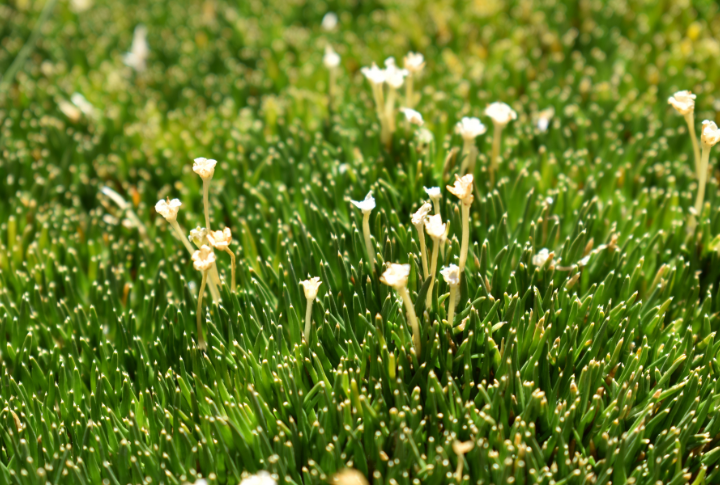
This arctic species could help establish Martian habitats where other plants might not survive. Colobanthus quitensis, or Antarctic pearlwort, is one of the hardiest plants on Earth. These plants can withstand freezing temperatures and intense UV radiation, both of which are common on Mars.
Sea Urchins
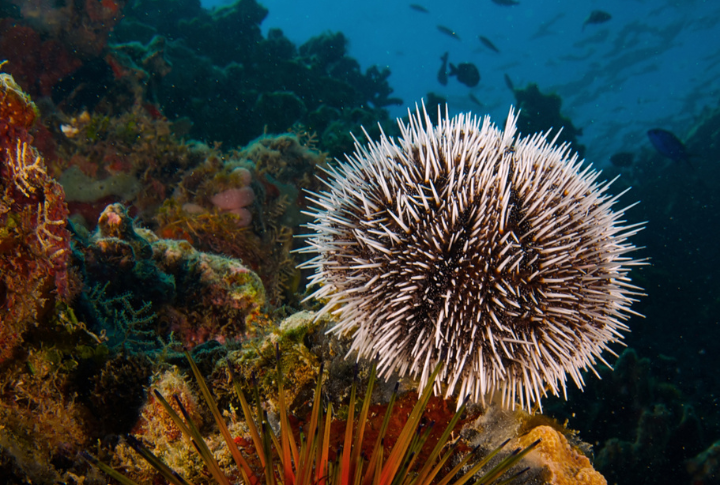
Researchers are studying sea urchins for their potential to help maintain ecological balance in space environments. Sea urchins are marine animals that can adapt to various environmental stresses. This makes them valuable for experiments in creating self-sustaining ecosystems on Mars.
Syntrichia caninervis (Desert Moss)
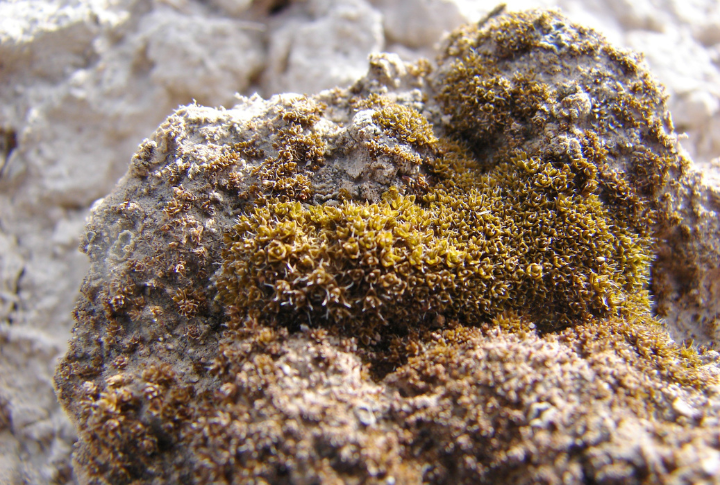
Desert moss, specifically Syntrichia caninervis, is one of the most drought-resistant mosses on Earth. It can live in the harshest of conditions with very little water. This moss could play a very important role in developing soil on Mars by supporting plant life and assisting in terraforming efforts.
Fish (Aquaponics Systems)
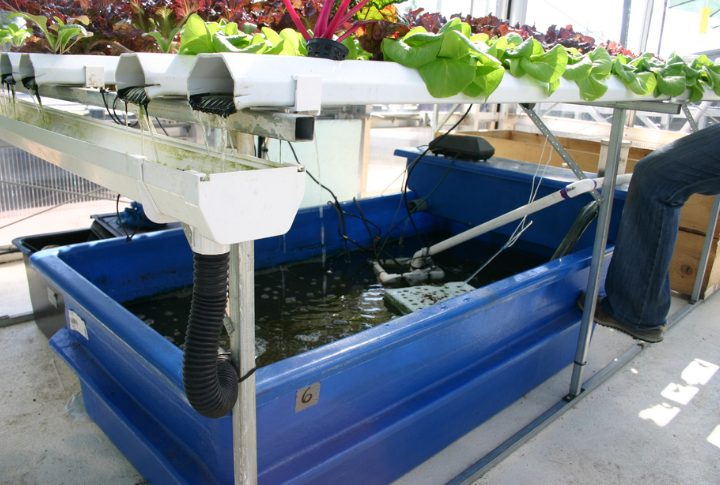
Fish in aquaponic systems could help create a balanced ecosystem for growing food on Mars. In these systems, fish waste gives nutrients to plants, and those plants filter the water for the fish. Their symbiotic relationship would provide food and oxygen for astronauts living on Mars, helping to close the loop on life support systems.

